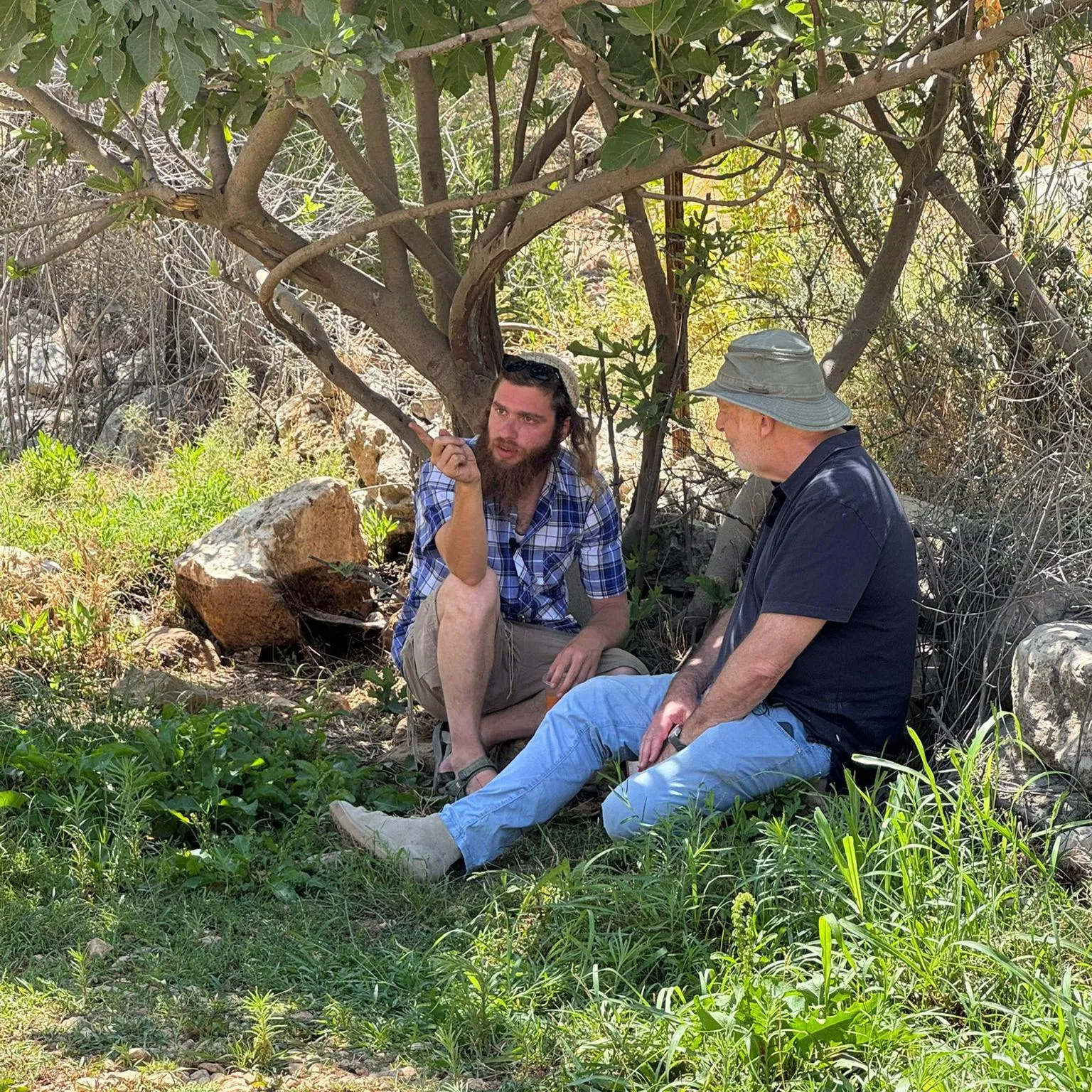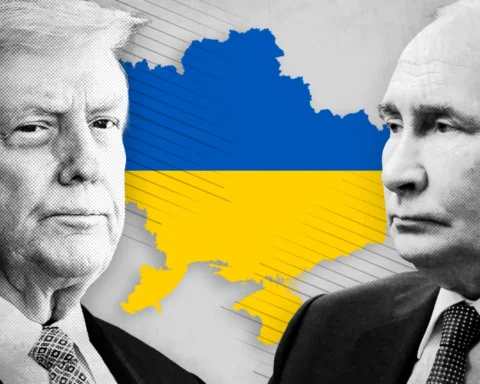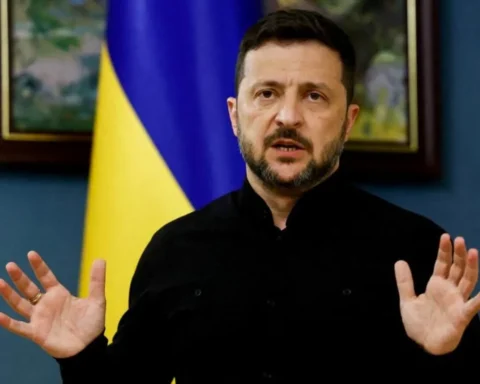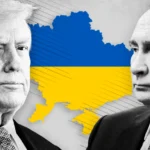Meir Simcha invited us to speak beneath a fig tree beside a freshwater spring—an oasis of calm in a region marked by decades of unrest. It was a deliberate choice. For Simcha, a leader among a group of Jewish settlers expanding their presence in the hills south of Hebron, this is more than just land—it’s history, identity, and destiny.
He arrived in a dust-covered Toyota with off-road tires, pulling out a bottle of homemade juice from the backseat. “Don’t worry, no added sugar,” he said, smiling as he poured the drink into plastic cups.
As we sat on flat stones under the tree’s shade, surrounded by grass nourished by a slow drip from the spring, the setting felt deceptively serene—at odds with the intensifying situation across the West Bank.
Simcha and his group are among a growing number of settlers transforming this landscape, part of territory Israel has occupied since the 1967 Middle East war. What unfolds here is not merely about land, but a complex web of religion, nationalism, and power.
The broader Israeli-Palestinian conflict—rooted in over a century of competing claims between Arabs and Jews—has evolved through generations, shaped by pivotal events. The latest turning point came with the 7 October 2023 Hamas attacks and Israel’s subsequent military campaign in Gaza. That war’s devastation has dominated global headlines, yet a quieter, slower-burning crisis is playing out in the West Bank.
Since the start of the war in Gaza, tensions have sharply escalated here. Israel has increased pressure on Palestinians in the West Bank, citing security concerns. However, critics argue that these measures have enabled settler expansion and deepened Palestinian displacement.
As Gaza endures bombardment and blockades, the West Bank simmers with its own form of violence—less visible, but no less consequential. The repercussions of this period, like the 1967 war before it, are likely to reverberate for decades.







